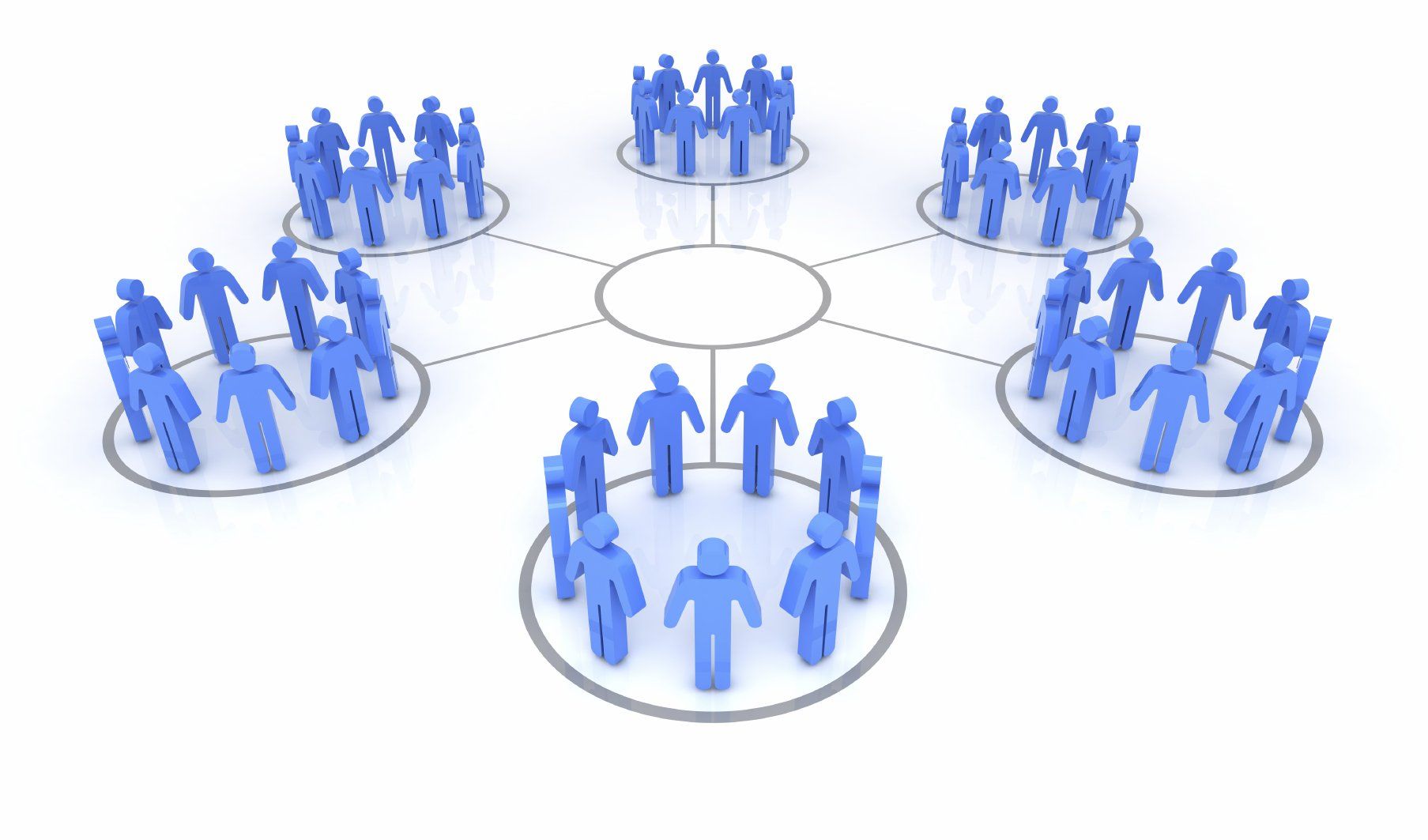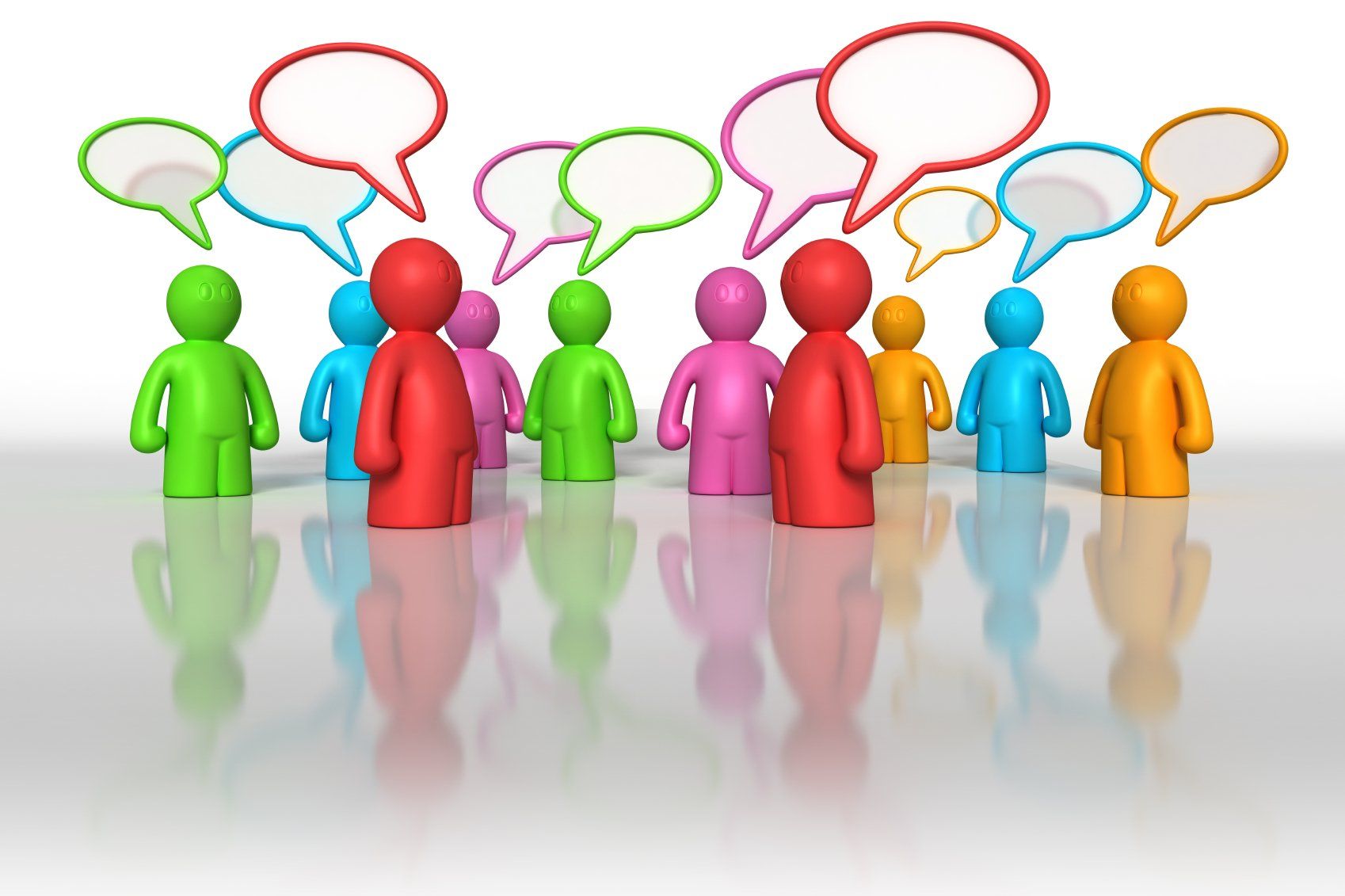3 Tips To Be The "Go To" Problem Solver
- By Barbara Mann
- •
- 12 Jan, 2018
- •
Listen, Be Inquisitive, Be Positive!

You know those people who are just darn good problem solvers,
especially in the workplace? What makes them such great problem solvers? And why
do people tend to look to these people for coming up with great solutions? In
my experience, here are 3 traits that I’ve observed over the years from
individual contributors all the way to senior leaders:
They are great listeners
A solid problem solver LISTENS to the issue from start to finish in order to fully understand the entire issue versus just segments. Why? Because they want to create a fully comprehensive solution. They know that every action has a reaction and think about both the intended and possibly unintended consequences. They may be the ones who are quiet during a discussion and then interject with questions to seek clarity to avoid miscommunication or assumption. When you’re a great listener and ask great questions, this alone makes you the “go to” person! People will know that your feedback and questions are value added and needed!
They remove the words “No”, “Can’t”, “Impossible” from their vocabularies
Usually a great problem solver seeks to understand the parameters of the issue and instead of focusing on what CAN’T be done they focus on what CAN be done and what is POSSIBLE. They are usually very curious and view a problem as a great challenge with a solution. Since they know every problem has a solution, they continually march ahead removing perceived barriers and obstacles along the way. When people tell them “No” or “Can’t”, that does not stop the problem solver, it redirects them or to ask “why?” A problem solver thinks of possibilities and is continually envisioning solutions that evolve and change to formulate the best solution!
As a homework assignment, try removing the words “No” or “Can’t” from your vocabulary for a week and think of what CAN be done so you can say “Yes”! When we CAN do something or we say YES, it creates a lighter atmosphere vs. “NO” or “CAN'T”. Is this hard at times to avoid these words? YES!!! It takes practice and catching yourself to say what CAN do.
They are curious
As stated above, a problem solver views a problem as a challenge with a solution. Curiosity is one of the best assets for the problem solver! In meetings, there are usually the “no, that can’t be done” participants and the problem solver may ask “why”. If they are the “go to” problem solver, usually the “why” is asked from a place of neutrality versus the aggressive “why”. Neutrality is critical to fully hear and understand the perspective of the “no, that can’t be done” attendee in order to redirect the path to the best solution. Curiosity is a great trait.
In summary, the great problem solver is a great listener, inquisitive and has the “can do” attitude that prides themselves on comprehensive, efficient and effective solutions!
For more free resources and tips, click HERE
To schedule your coaching session, click HERE. I'd love to work with you!
Your Empowered You Blog












